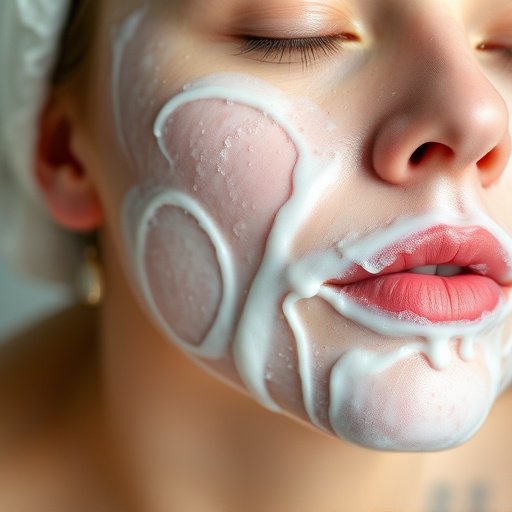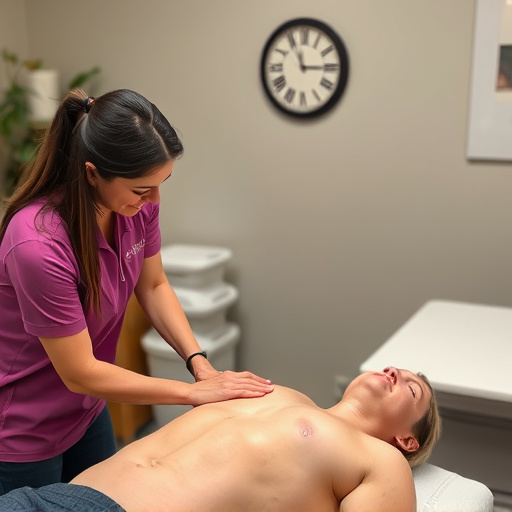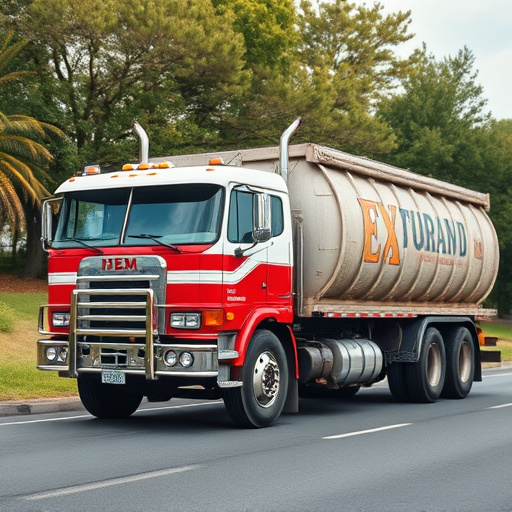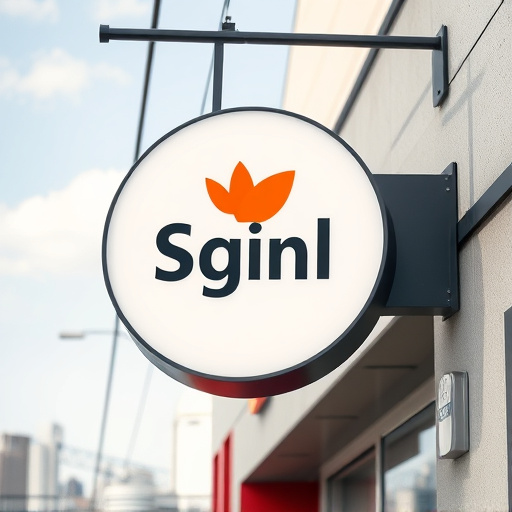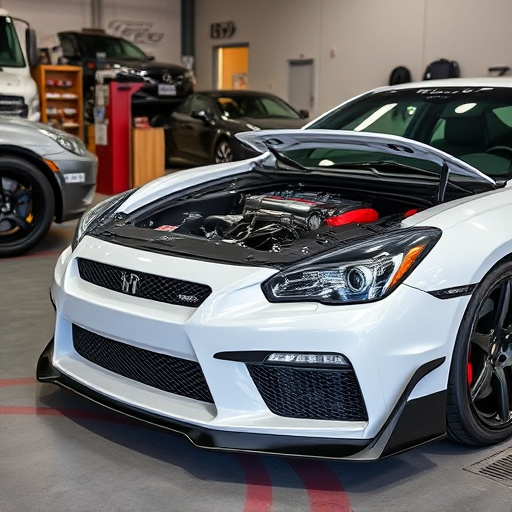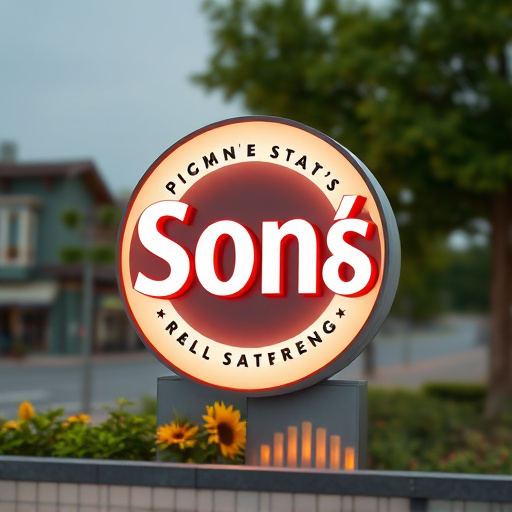Meticulously prepare surface for high gloss finish by assessing and addressing scratches, using scratch-resistant primers/coatings, sanding, cleaning, and filling gaps. Clean and degrease with warm water, detergent, specialized cleaners, degreasing agent, and thorough rinse. Sand with coarse (100-150) and fine (220) grit sandpaper for smooth finish, essential for optimal adhesion of paint and protective coatings.
“Achieving a flawless, high gloss finish starts with meticulous preparation. Before you begin painting, it’s crucial to assess and ready your surface properly. This involves evaluating its condition, cleaning away grease and grime, and sanding for optimal smoothness and adhesion. By dedicating time to these critical steps, you lay the foundation for a stunning, durable high gloss finish that will transform any space.”
Assess and Prepare the Surface

Before tackling any painting project, a thorough assessment and preparation of the surface are essential for achieving a flawless high gloss finish. Start by inspecting the area to identify any imperfections like scratches, dents, or uneven spots. These issues can affect the final look and durability of your paint job. To ensure optimal results, address these concerns beforehand.
For scratch protection, consider using dedicated scratch-resistant primers or coatings designed for car customization and vinyl wraps. These products create a smooth base that hides minor imperfections and provides added protection against future scratches. Proper surface preparation is key; it involves sanding, cleaning, and possibly filling in any gaps or holes to create a seamless canvas for your high gloss finish.
Clean and De-grease Thoroughly

Before achieving a high gloss finish, it’s crucial to start with a clean and de-greased surface. This involves removing any dirt, dust, or existing paint debris that might compromise the final look. Begin by washing the area thoroughly with a mild detergent and warm water, ensuring you rinse well to avoid residue. For tough stains or grease buildup, consider using specialized cleaners designed for paint preparation, as these can effectively cut through grime without damaging the surface.
A critical step in preparing your surface is degreasing it properly. This process involves eliminating any oils or contaminants that could interfere with adhesive bonding and the application of protective coatings. Degreasing agents, often in the form of solvents or specialized wipes, are available to target these issues. Apply the product as per the manufacturer’s instructions, following up with a thorough rinse to ensure no residue remains. This step is particularly important for achieving a flawless finish, especially in the context of vehicle enhancement or paint correction techniques, and it lays the groundwork for applying protective coatings that will enhance your high gloss finish.
Sanding for Smoothness and Adhesion

Sanding is a crucial step in preparing any surface for a high gloss finish. It helps to smooth out imperfections and ensures that the paint adheres properly. Start with a coarse grit sandpaper, around 100-150, to remove any roughness or old coatings. This initial sanding should take care of major bumps and uneven areas.
Once the surface is smooth, switch to a finer grit, such as 220, for a more delicate finish. This final sanding will create a smooth canvas, allowing the paint to bond strongly with the substrate. It’s especially important for non-porous surfaces like glass or ceramic, where a smooth base is crucial for achieving a clear, glossy appearance—even when using protective coatings like ceramic tinting or a ceramic coating.
To achieve a stunning, high gloss finish on your painting project, preparation is key. By assessing and preparing your surface, cleaning it thoroughly, and sanding for smoothness, you lay the perfect foundation. These essential steps ensure optimal adhesion and a flawless, glossy outcome, transforming your space with a professional-level touch.
